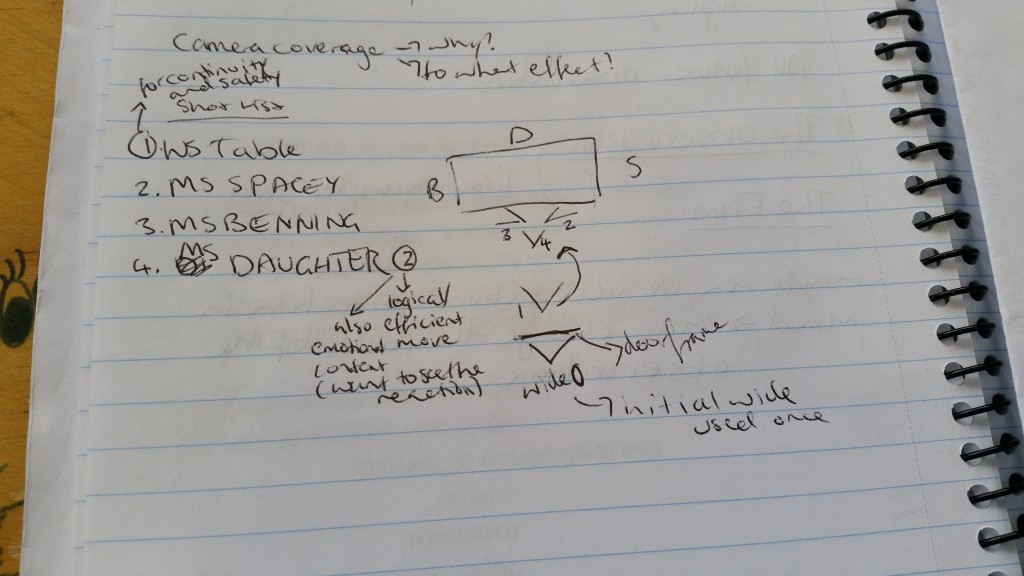The Leech
And it gets to the point when you know you’re a leech. When you know that your ears aren’t your ears anymore, that they were bought by your aunt several birthdays ago. That these legs aren’t your legs since they payed for all those wasted years of basketball. So wasted that you packed those trophies far away in a box. You won’t even touch the ball anymore it sends shivers down your spine and deep into their pockets.
As I look down at the sushi my mother has bought me for lunch, I think of my dependence on her. On how, still now at 20, I rely on her for sustenance and survival. I cannot be whole without her. I cannot survive without her. At least that is what everything in life so far has told me. Every time I call their name or ask for something I feel as though I am a child again having yet another hissy fit, begging mummy and daddy to make it stop and just give me what I want, what I need. I feel as though my dependence is consuming my parents whole.
I am divided between my dependent and independent lives. One cannot survive without the other, and yet, I wish I could simply muster the strength to squish that leech beneath my feet as I walk away from it.
THE FILM
The duplicity of a young person and their internal struggle for self-sufficiency and survival. Show moments of facade and internal struggle as well as realisation that societal pressures and expectations are not more important than your own health, wellbeing and survival.
